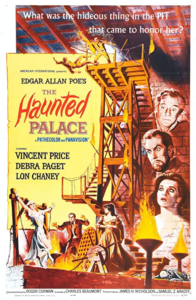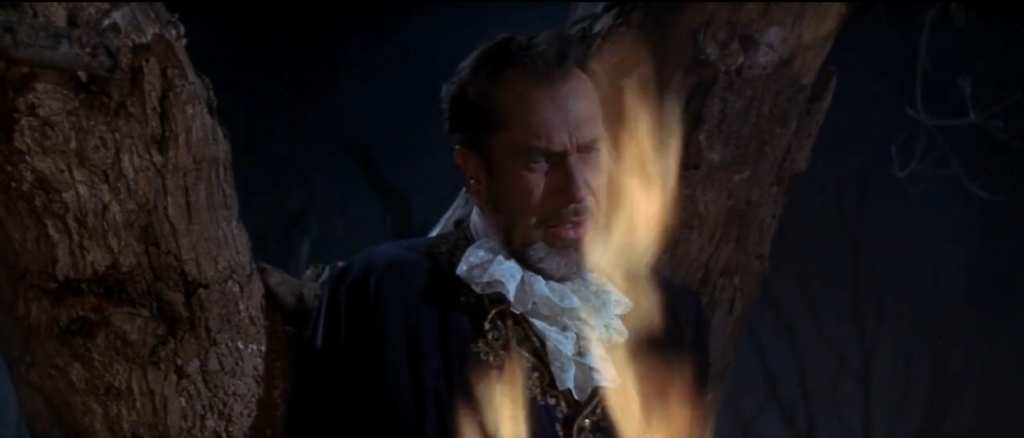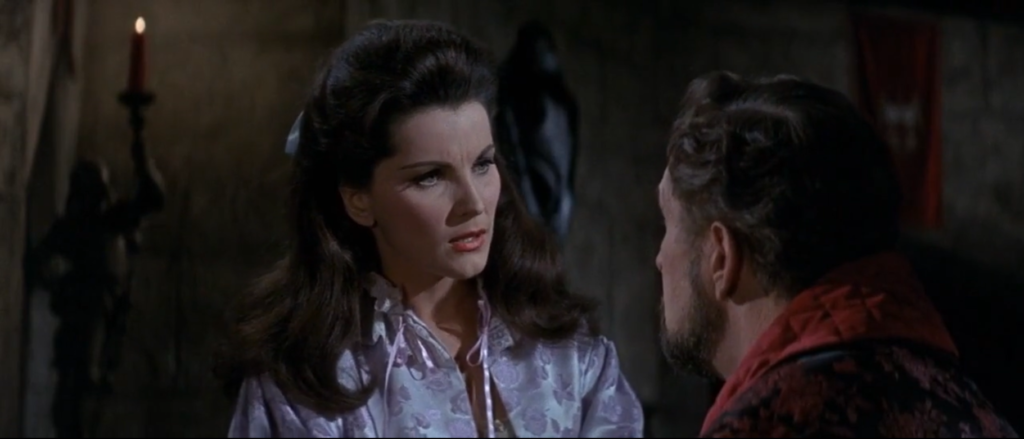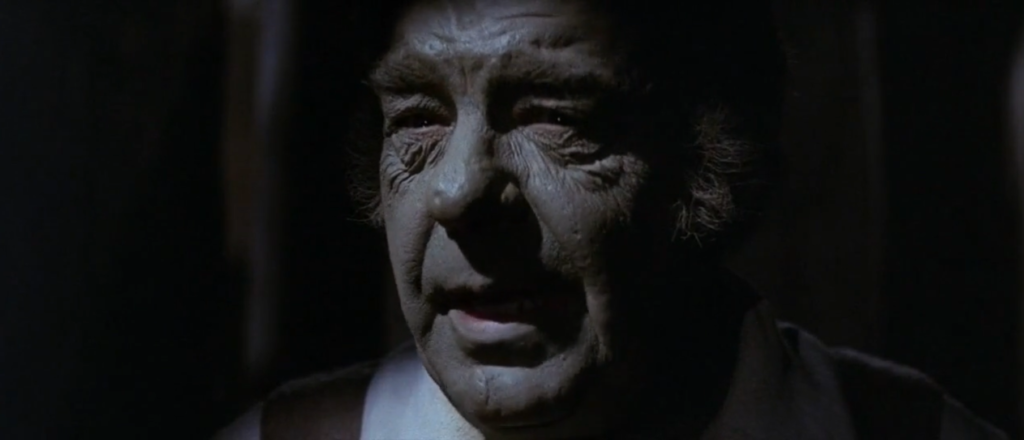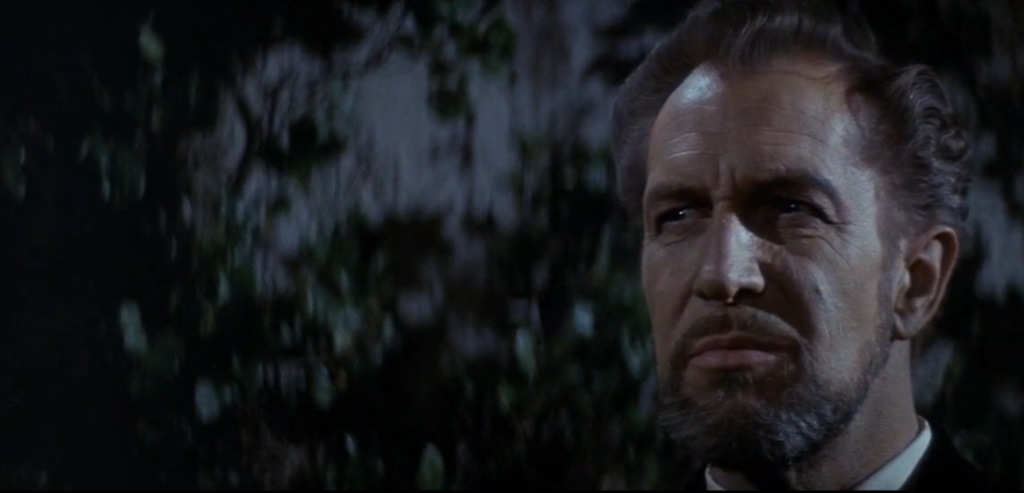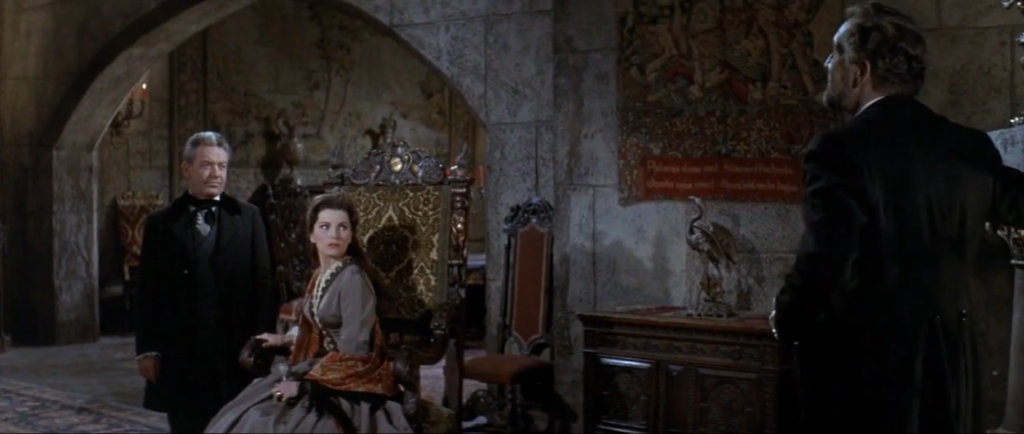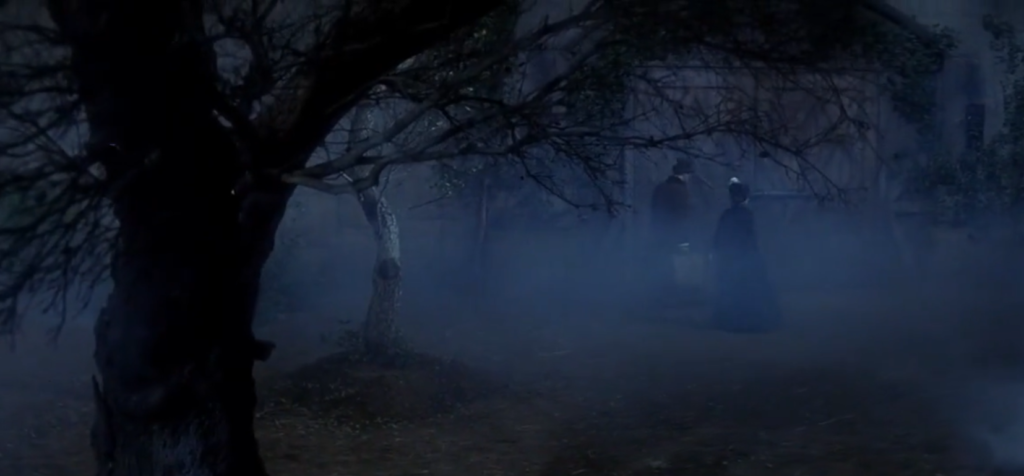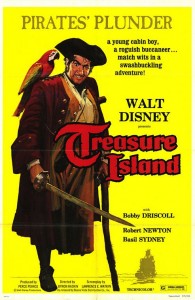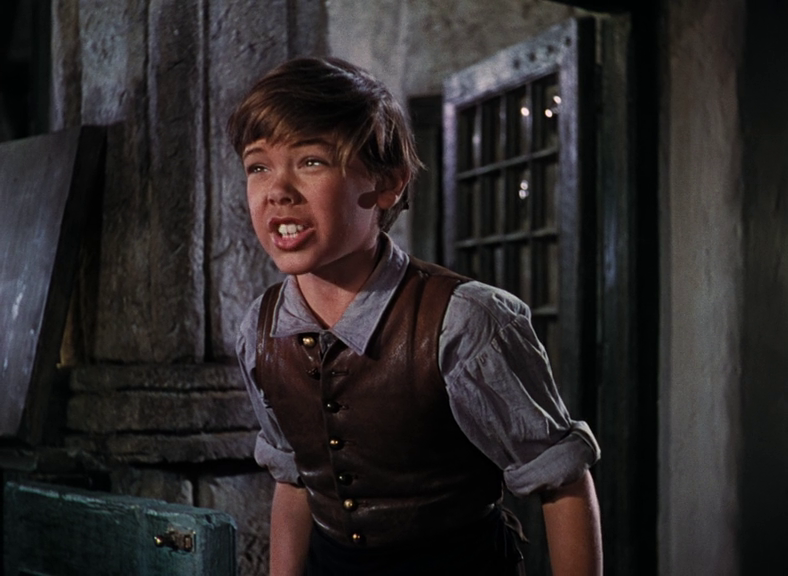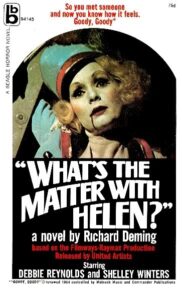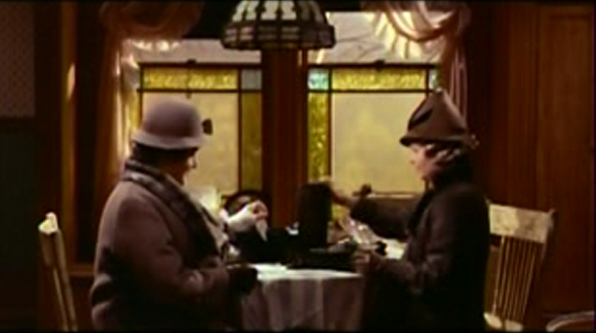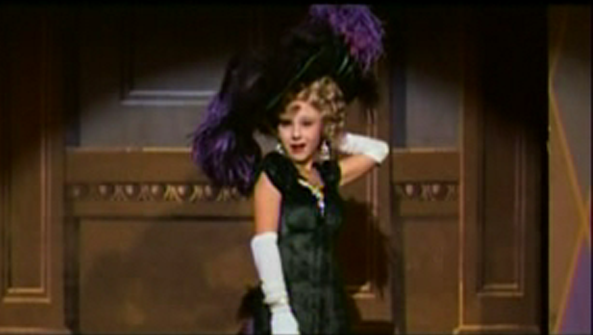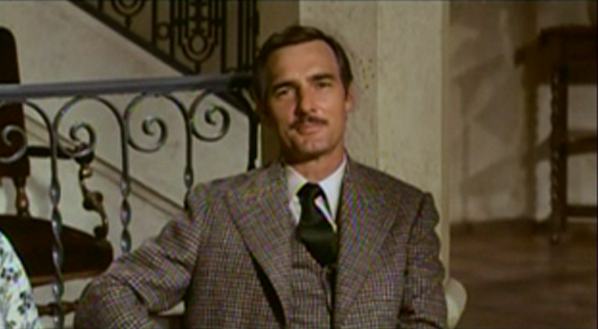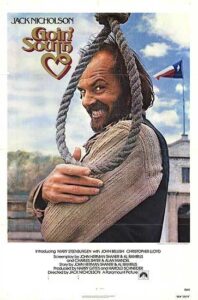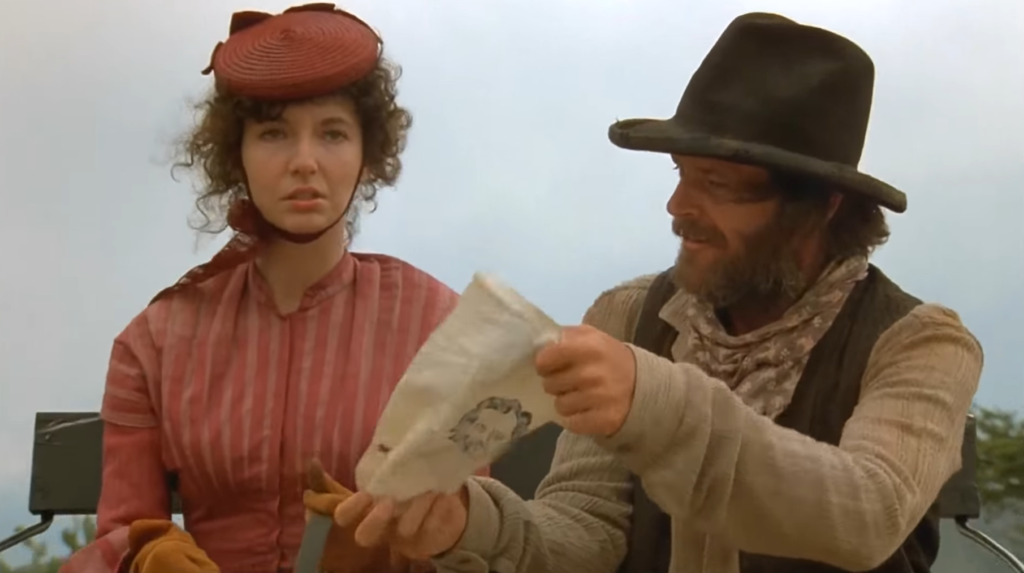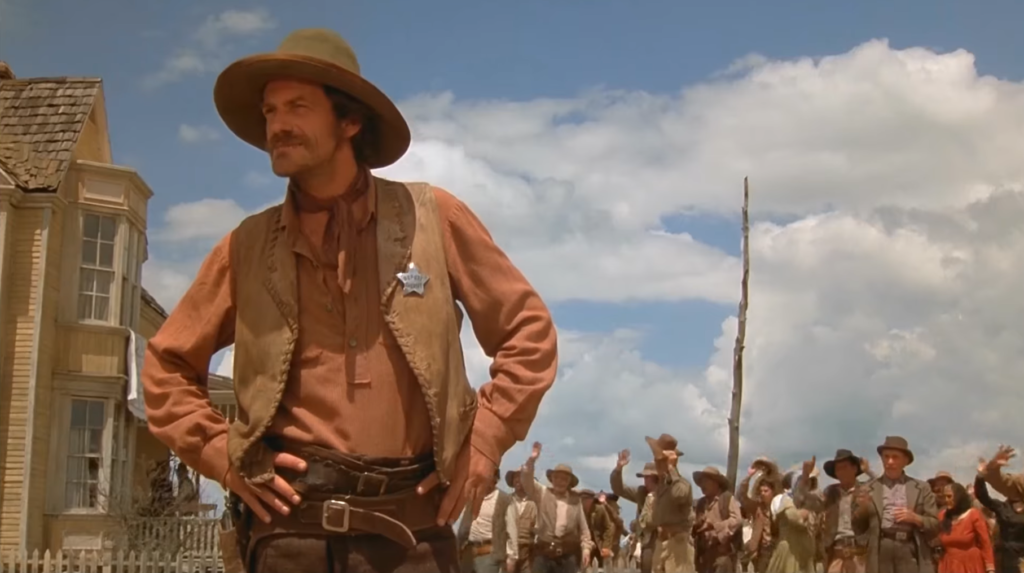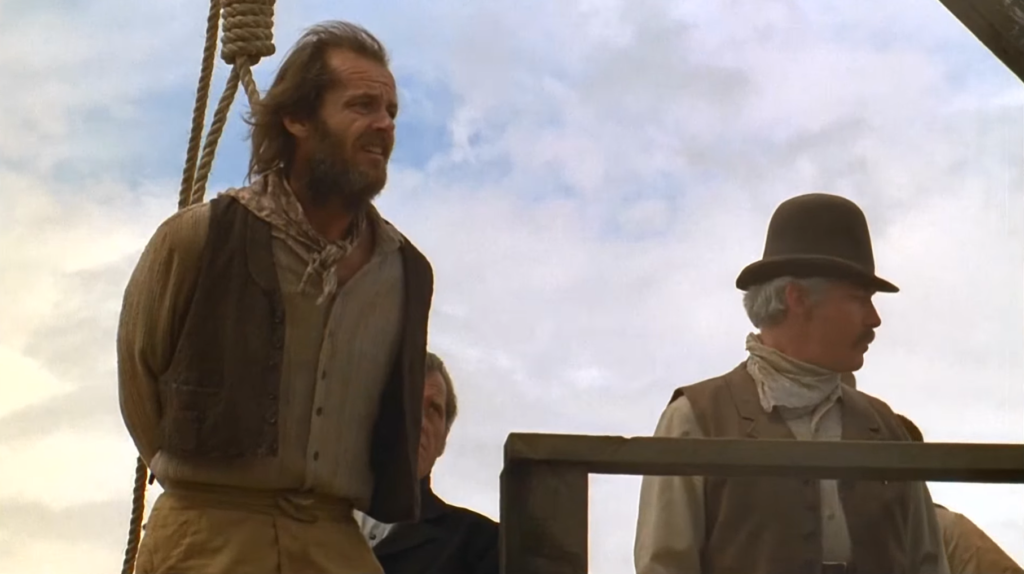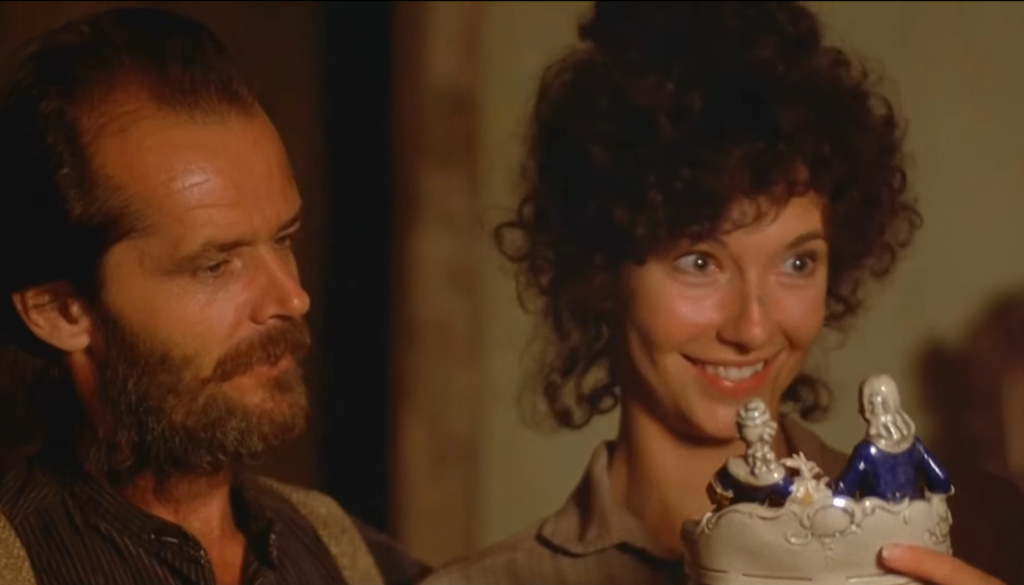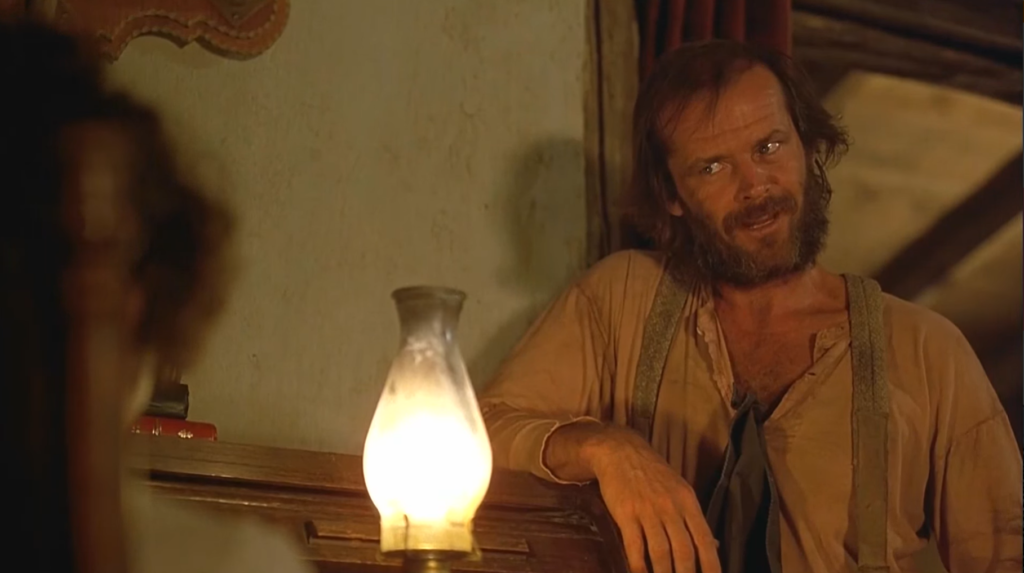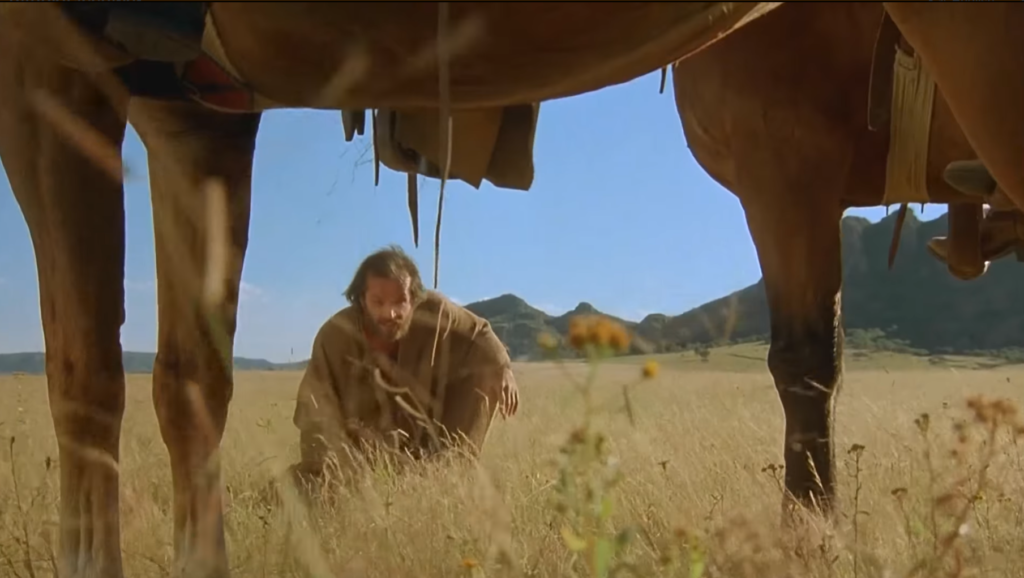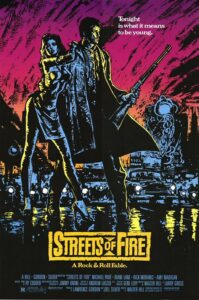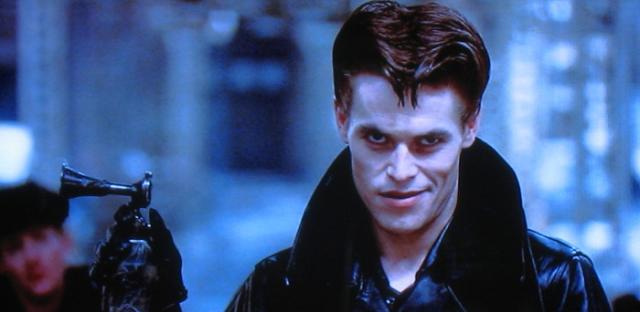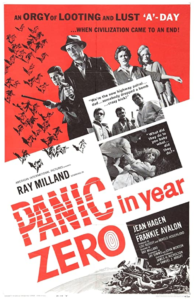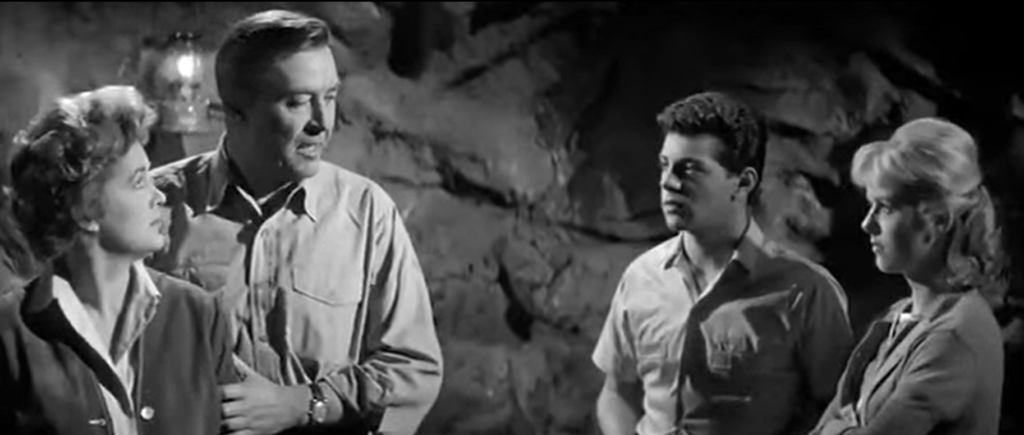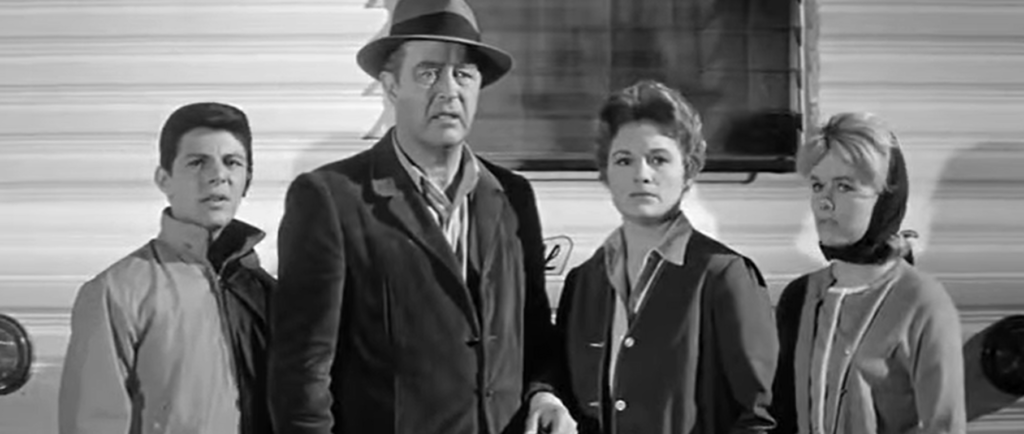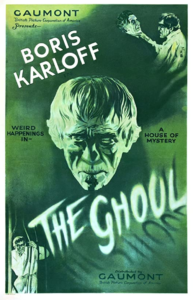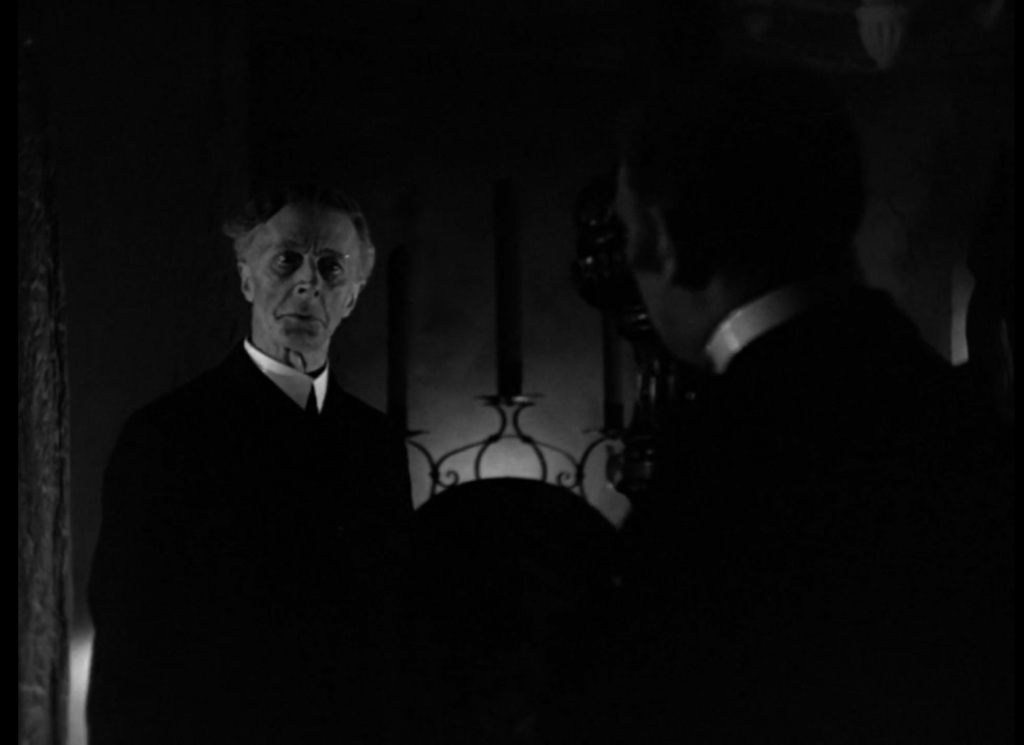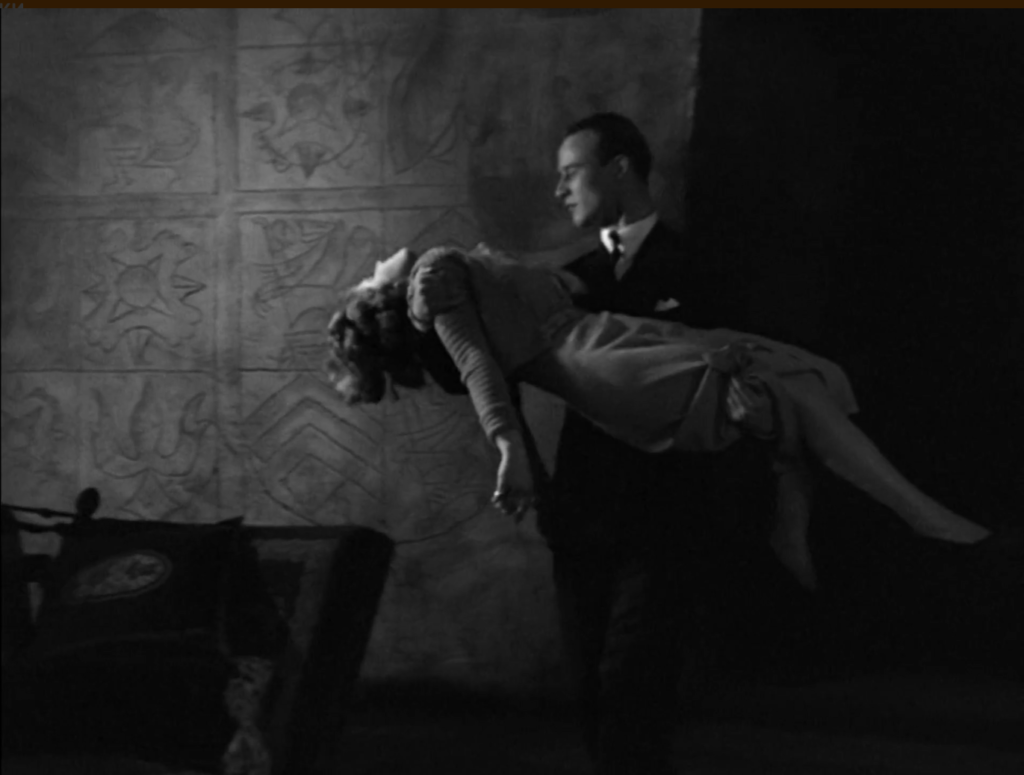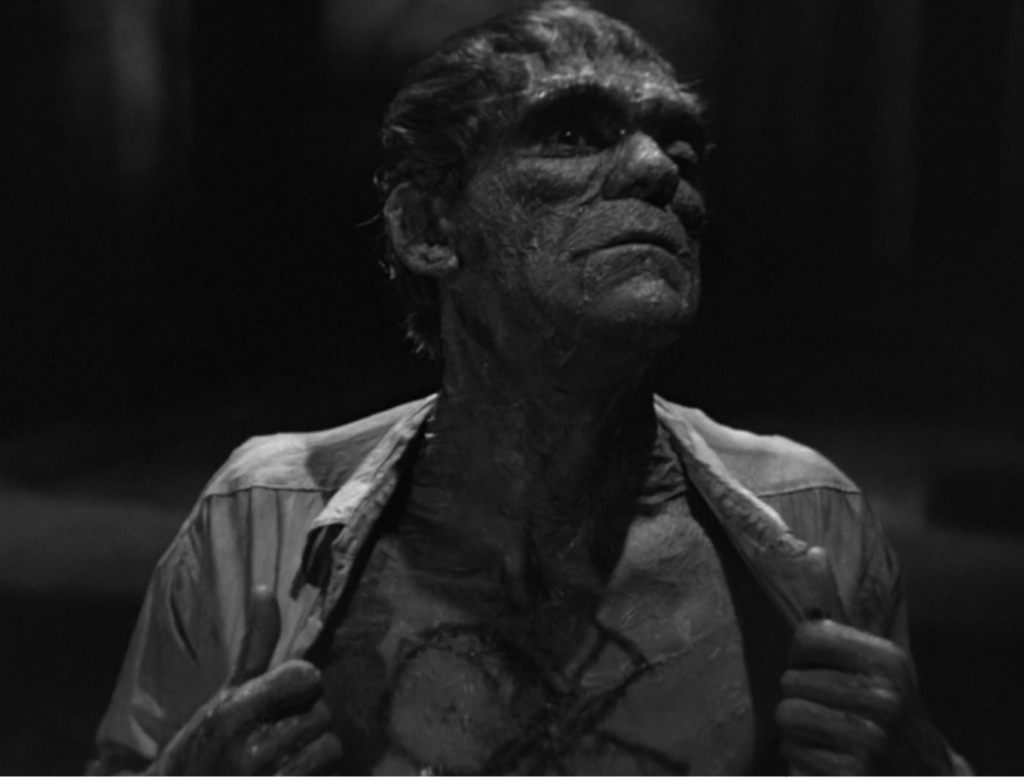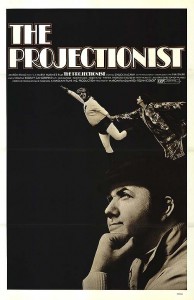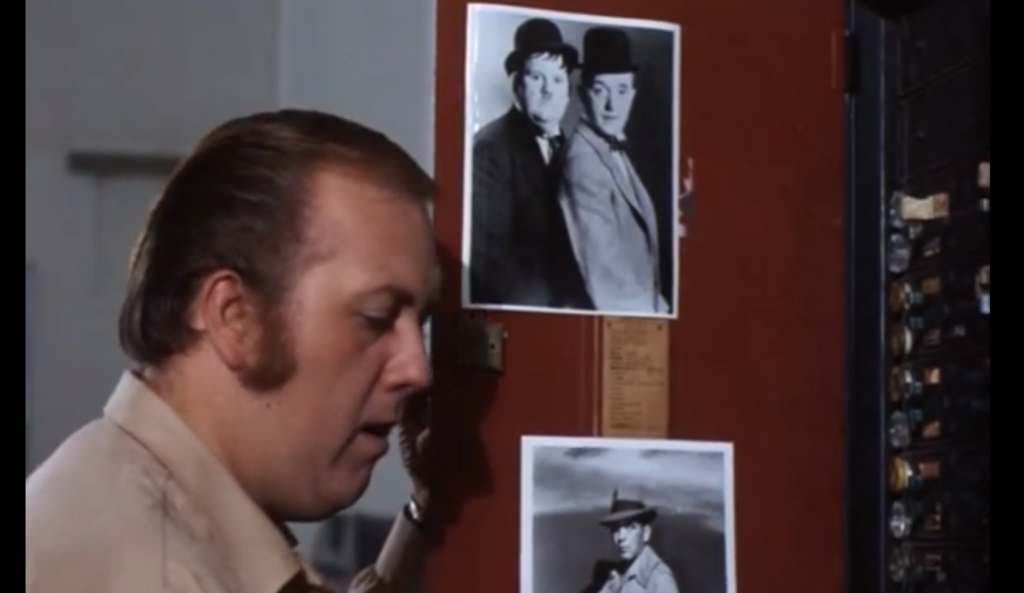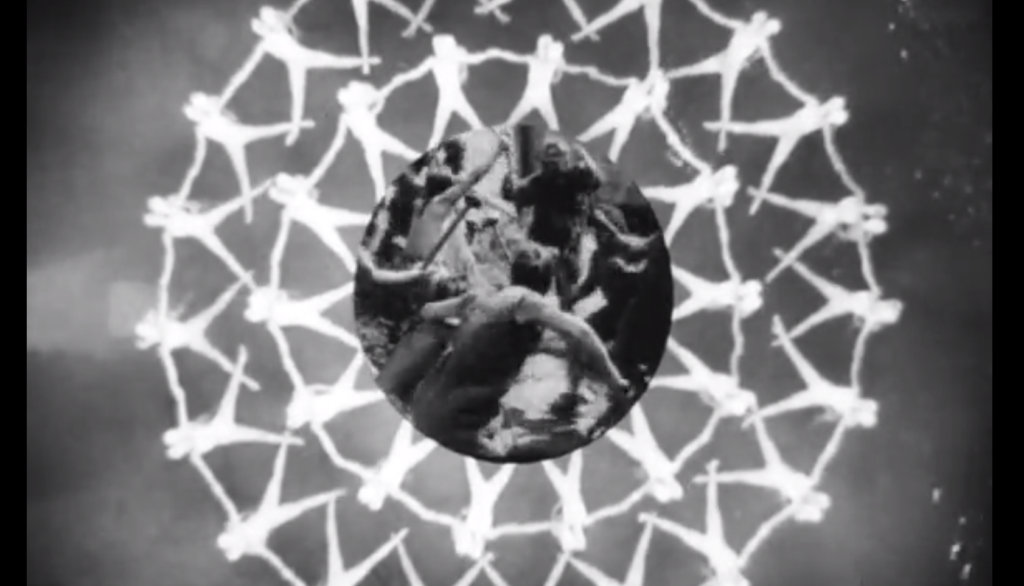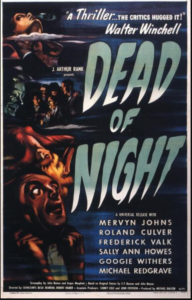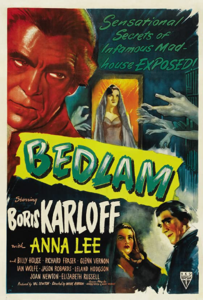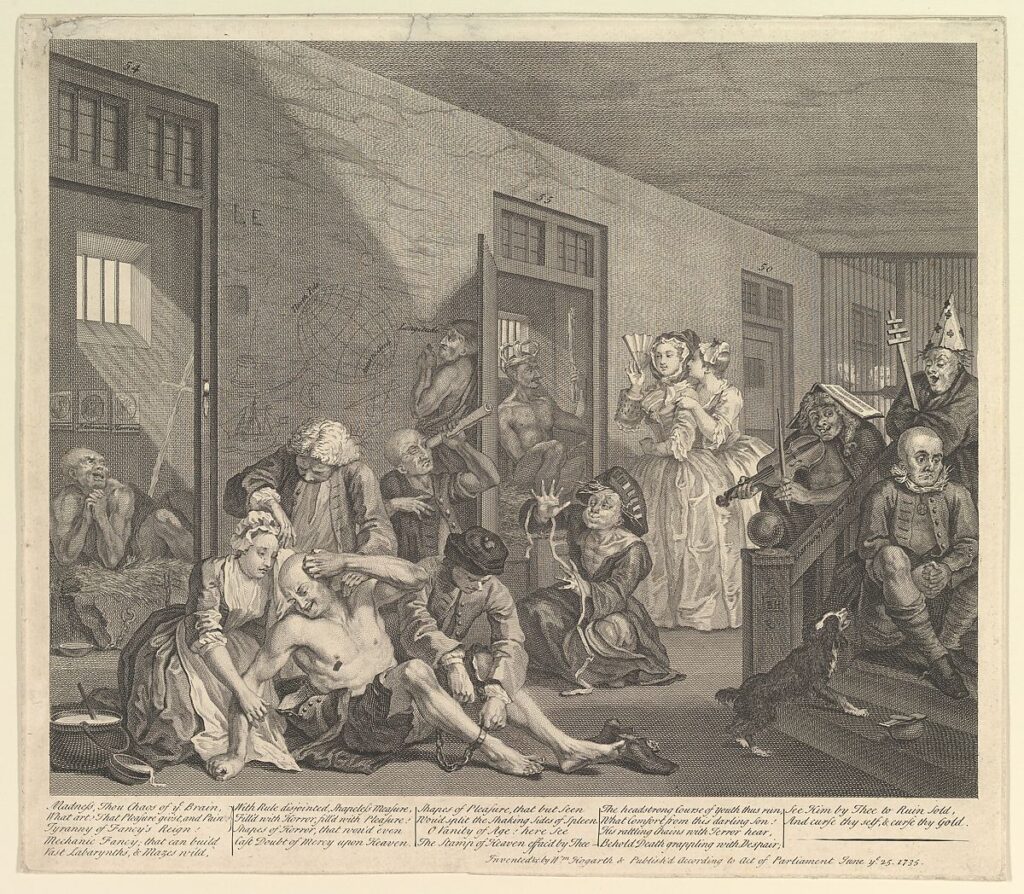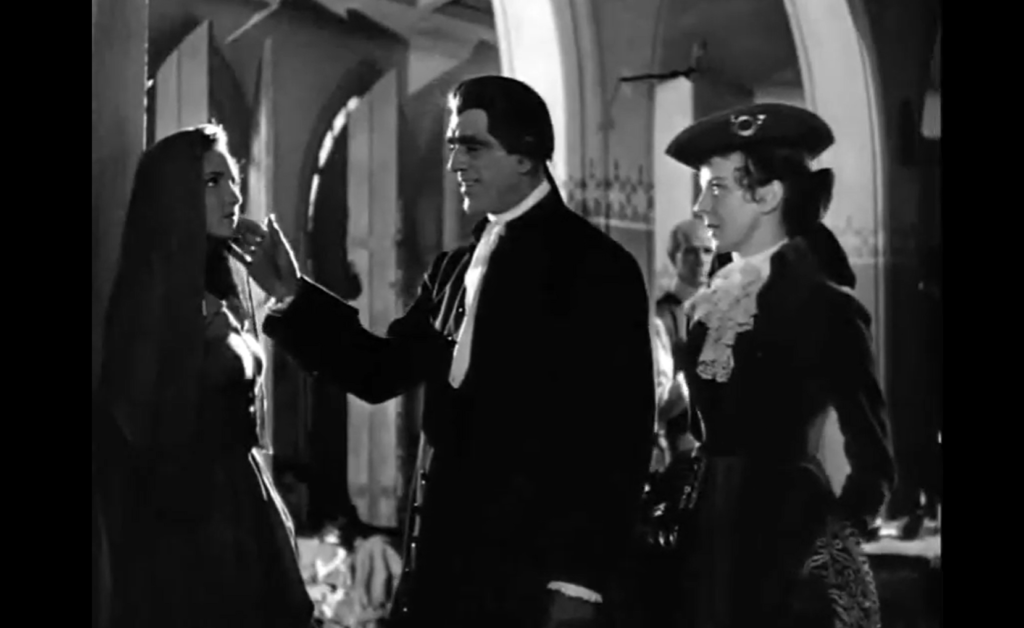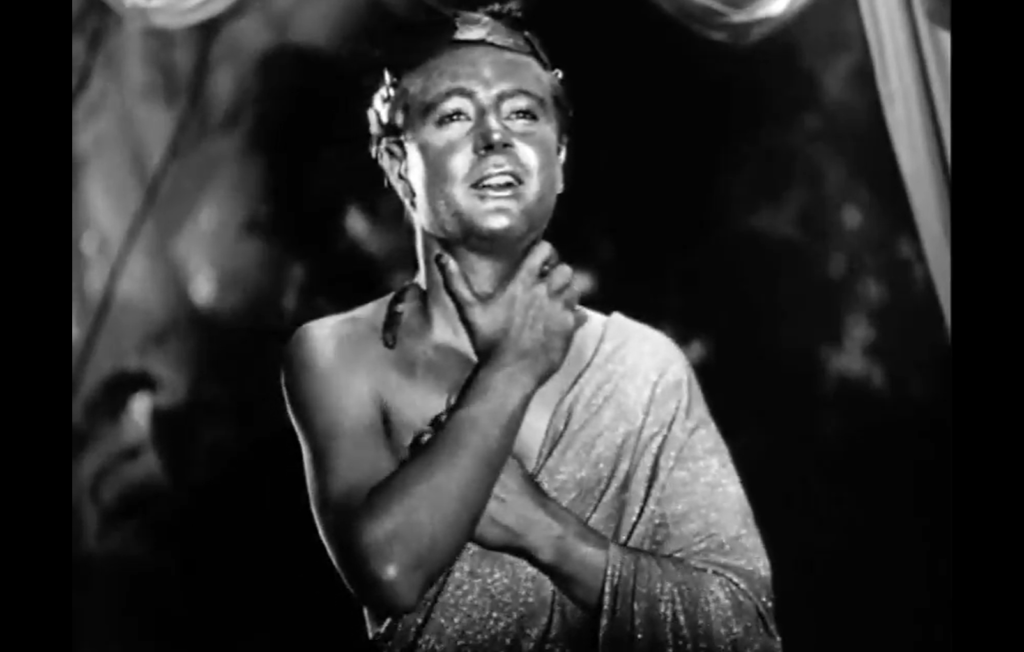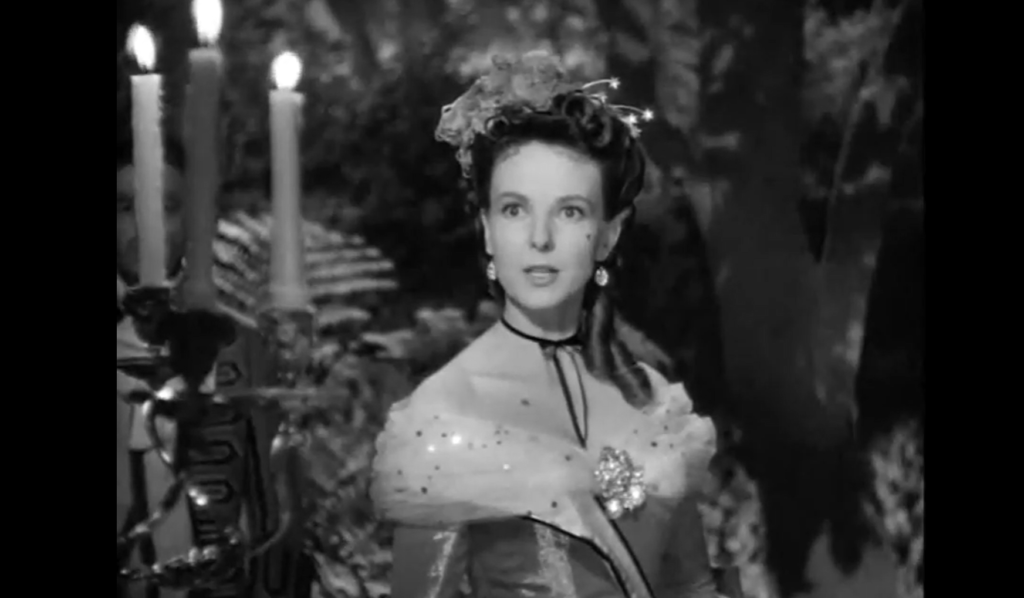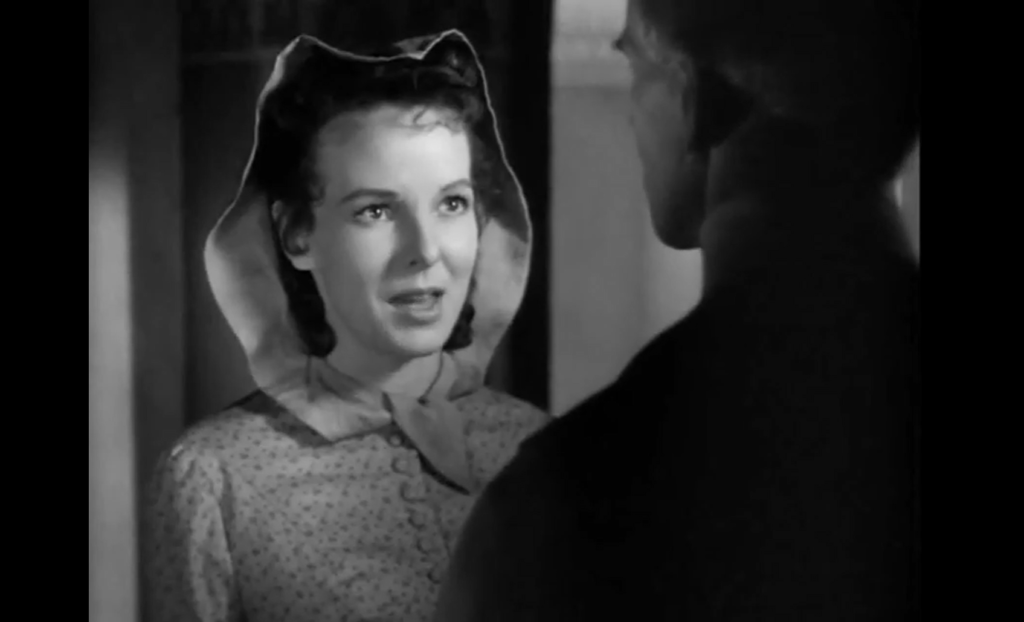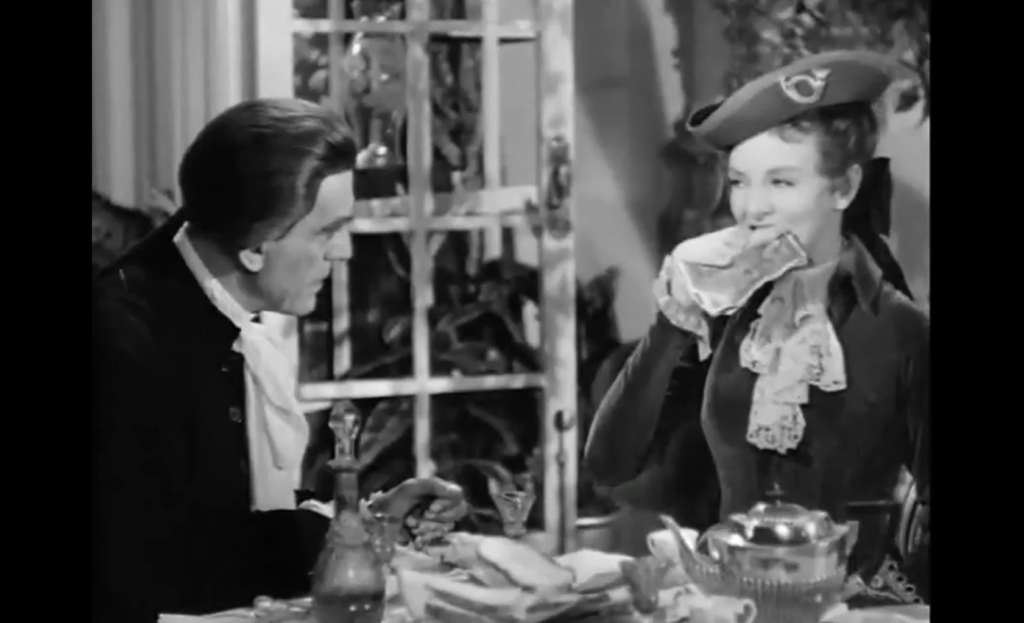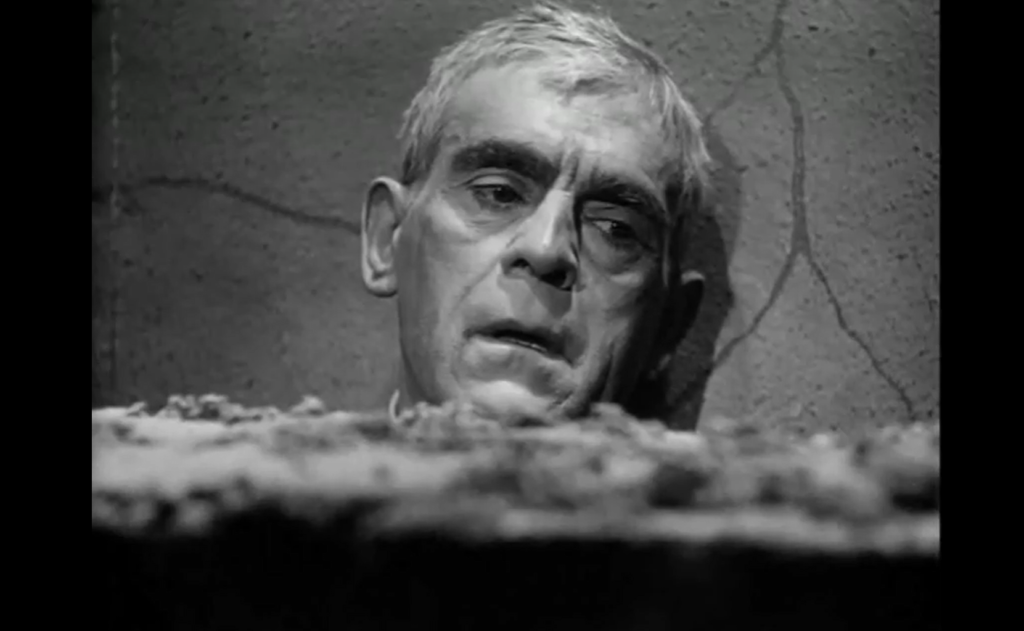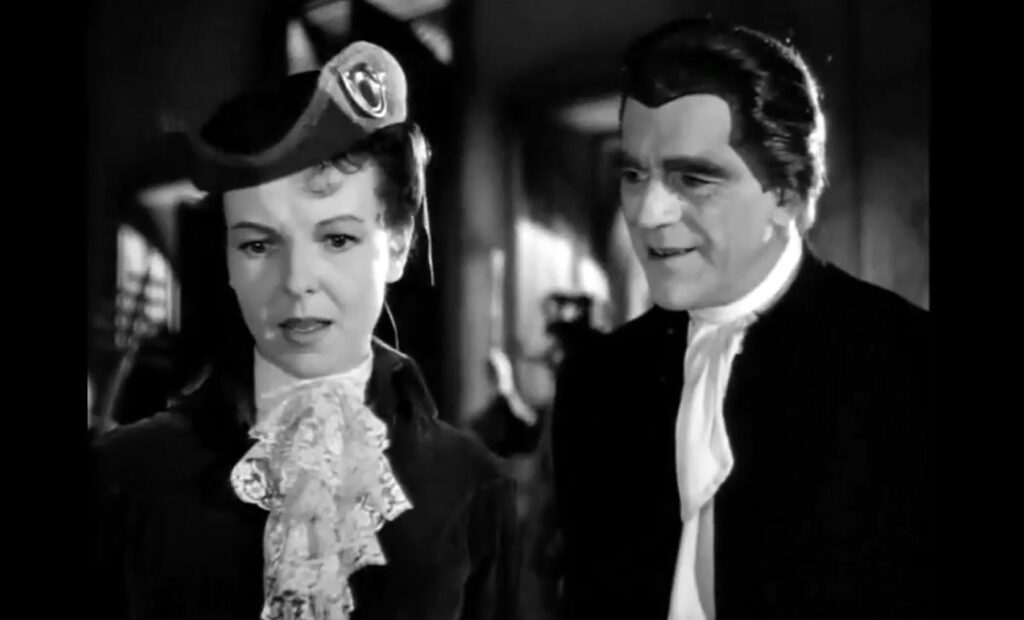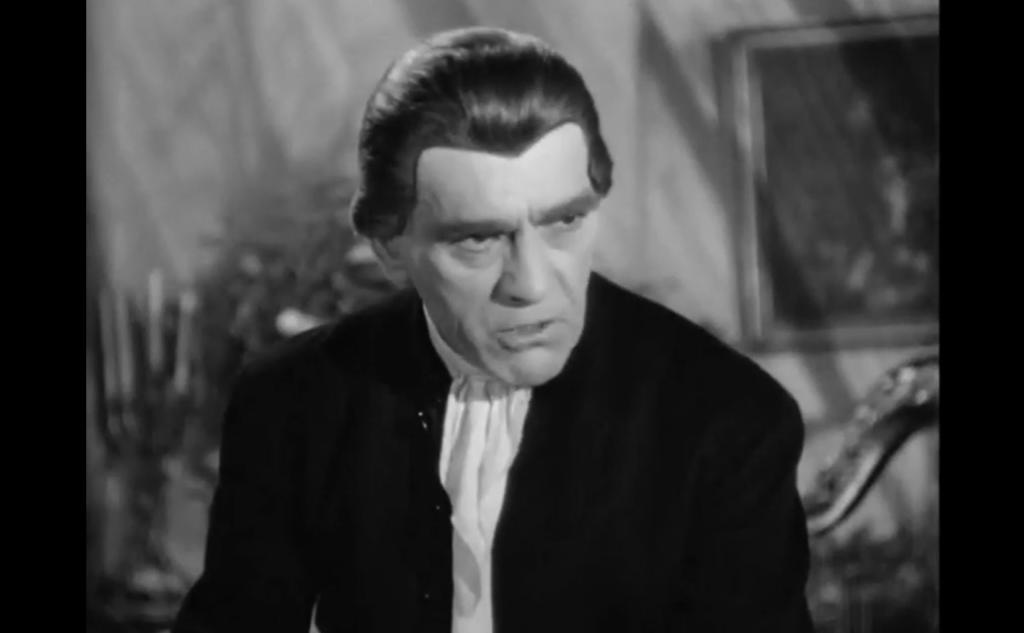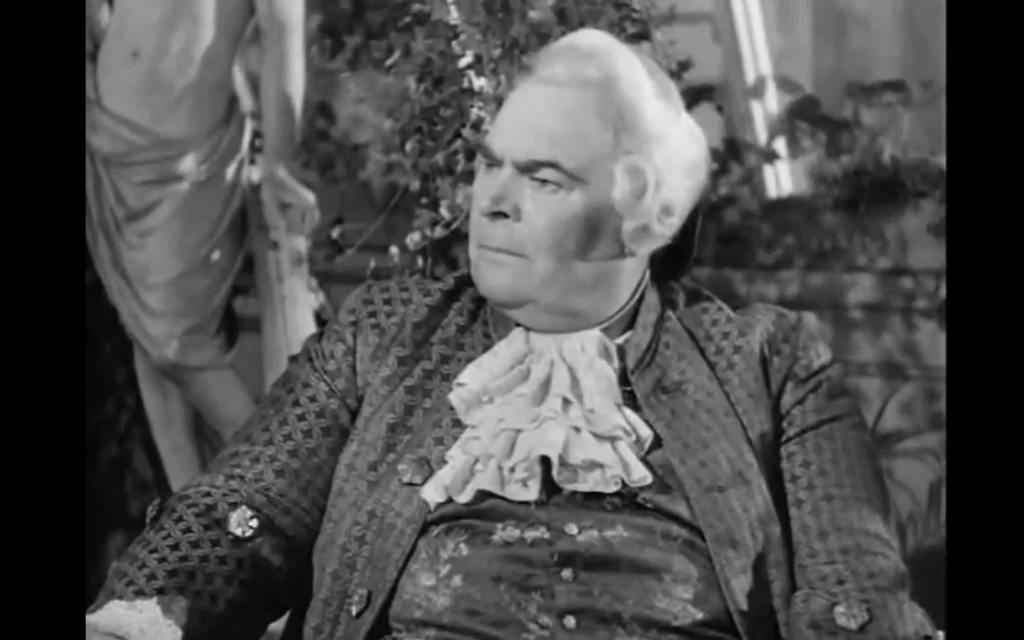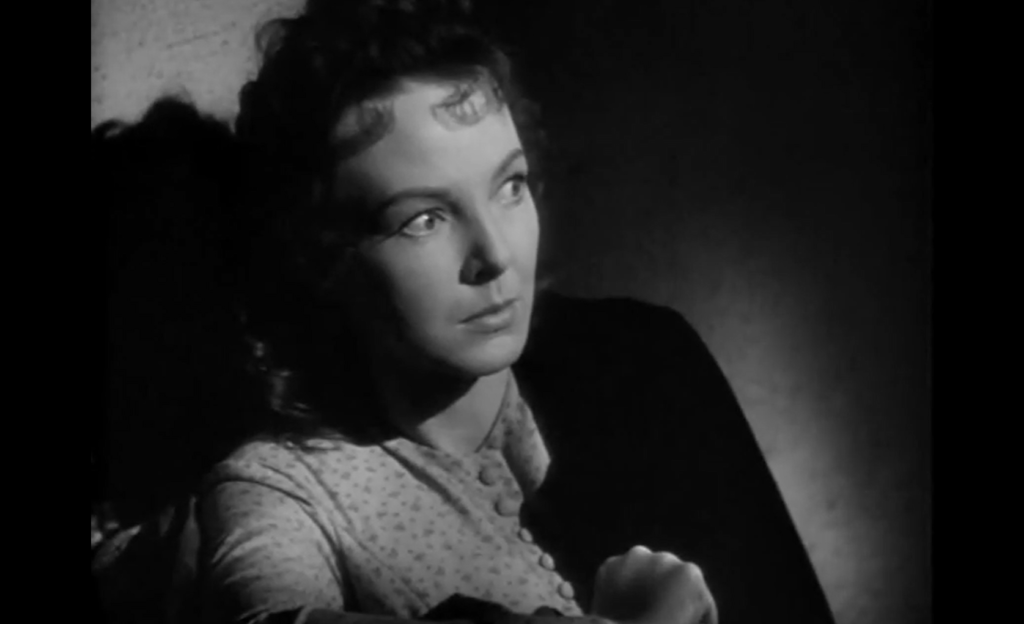|
Genres:
- Episodic Films
- Flashback Films
- Ghosts
- Horror Films
- Living Nightmare
- Michael Redgrave Films
- Possession
- Puppets and Ventriloquism
Response to Peary’s Review:
As Peary notes, this “sophisticated”, historically important “classic horror anthology” — helmed by four different directors — “is where you’ll discover the cinematic origins of several of the creepiest shows you’ve seen on television since the fifties” (i.e., “The Twilight Zone”), and served as “the prototype for future British anthologies” (most notably those produced by Amicus Films). Critics have debated the relative merits of its various segments for decades, with most agreeing that the final episode (“The Ventriloquist’s Dummy”, starring Michael Redgrave, and directed by Alberto Cavalcanti) is the best; as Peary notes, it’s certainly “the most famous”. He adds, “As far as I’m concerned, all ventriloquist stories are terrifying, but this one really makes me jittery.”
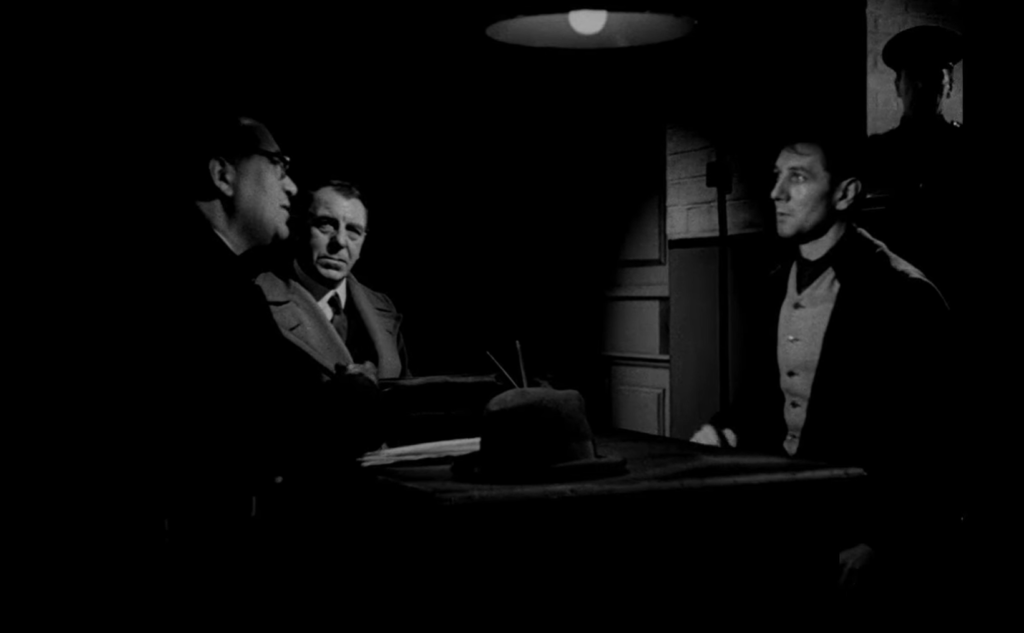
Most also agree that the fourth vignette (“Golfing Story”, directed by Charles Crichton) — about golfing buddies (Basil Radford and Naunton Wayne) whose rivalry for an indecisive woman (Peggy Bryan) leads to Wayne’s watery death and his resurrection as a vengeful ghost — seems out-of-place, given its decidedly lighthearted tone; Peary argues that it “should have been omitted” altogether, noting that “it was excised from the original print released in America”.
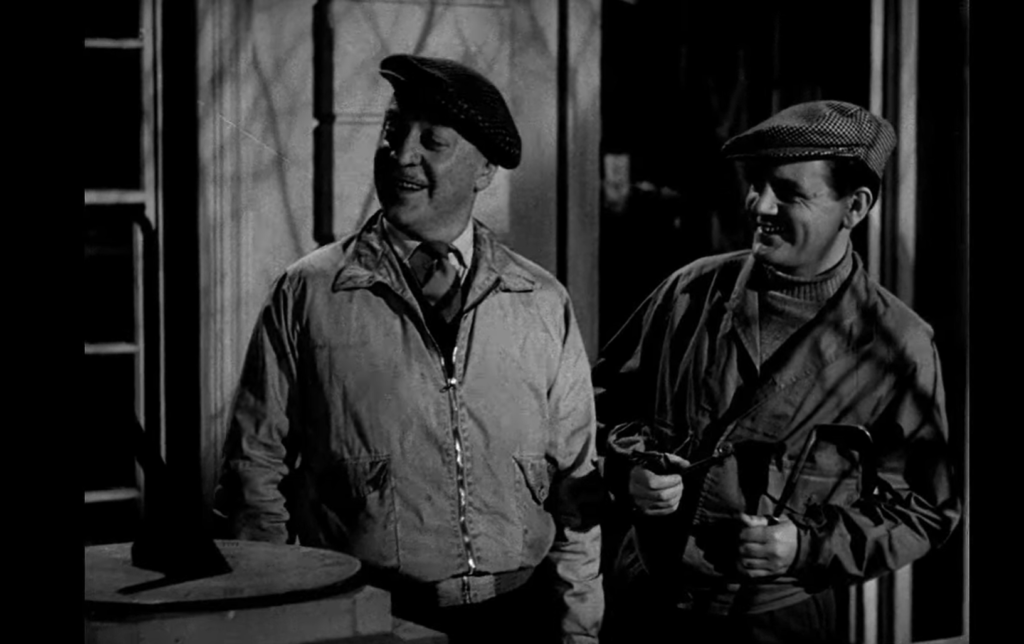
Also missing from this original print was the third vignette (“Haunted Mirror”, directed by Robert Hamer), a creepy morsel about a man (Ralph Michael) who “looks into a newly purchased antique mirror and sees the room of the previous owner, a jealous maniac who strangled his wife”, then “becomes possessed” and “starts to strangle his own wife (Googie Withers)”; it’s a satisfying little thriller, though we can’t help wanting to know more about the characters and their back stories.
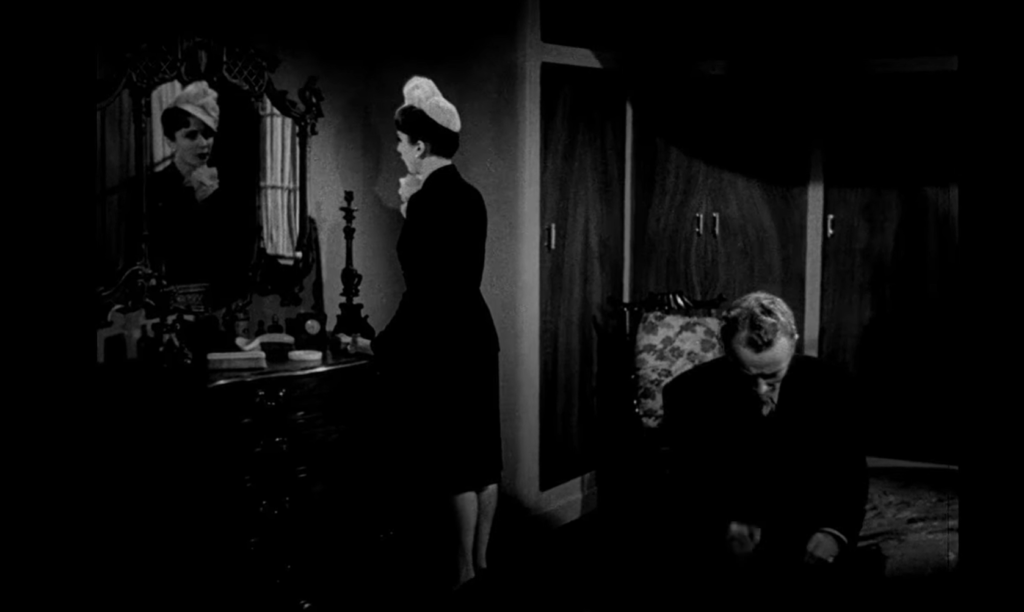
The same holds true for the first and second vignettes (“Hearse Driver”, directed by Basil Dearden, and “Christmas Party”, helmed by Cavalcanti) — both of which, as Peary notes, “should have been expanded”.
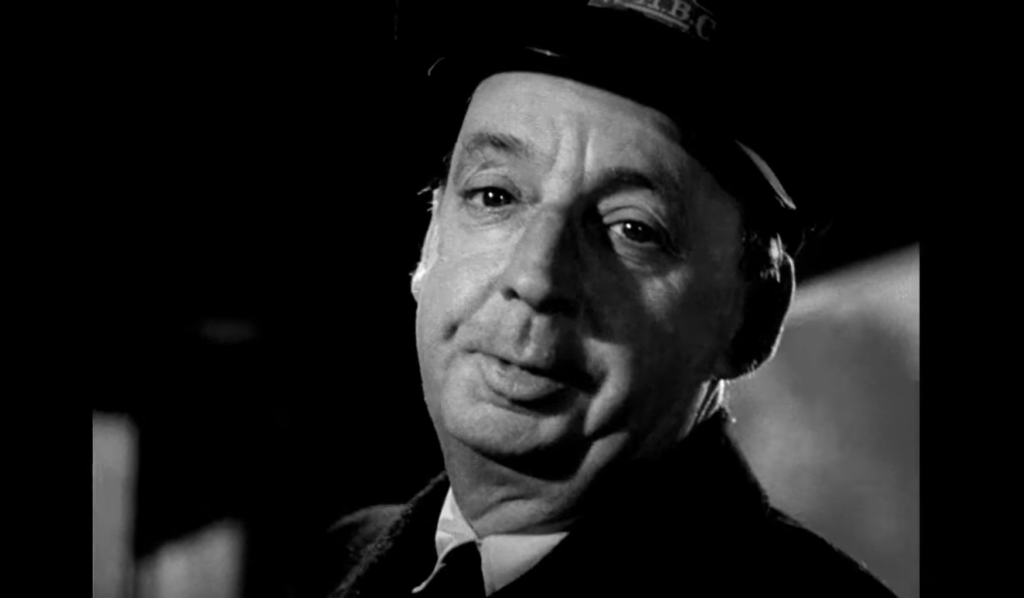
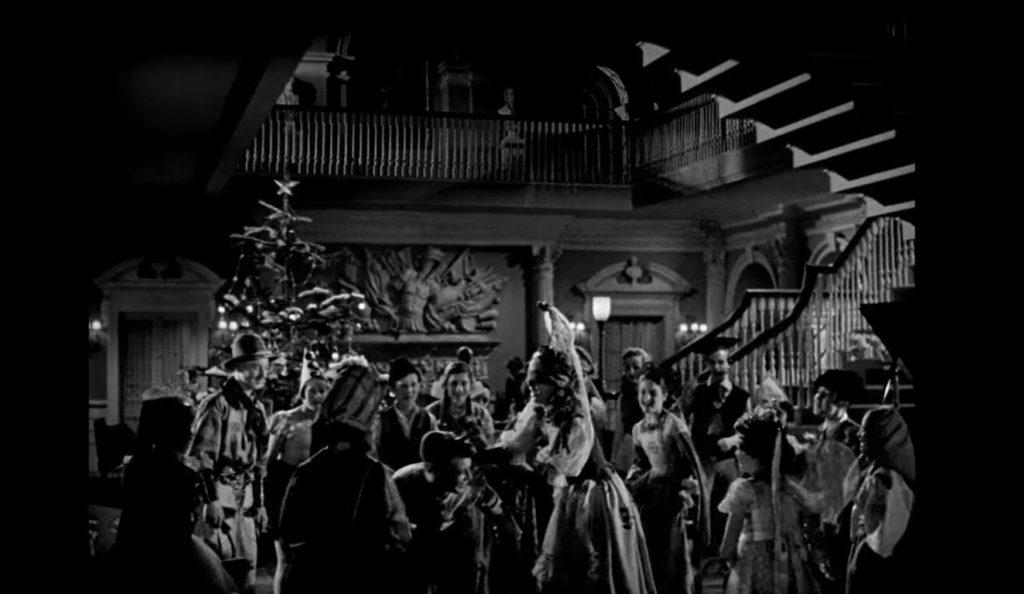
But it’s the connective story of this edited tale (directed by Dearden) which ultimately emerges as the unexpected shocker: what begins as a relatively straightforward tale of an everyman (Mervyn Johns) experiencing perpetual deja vu turns into a surprisingly complex meta-narrative.
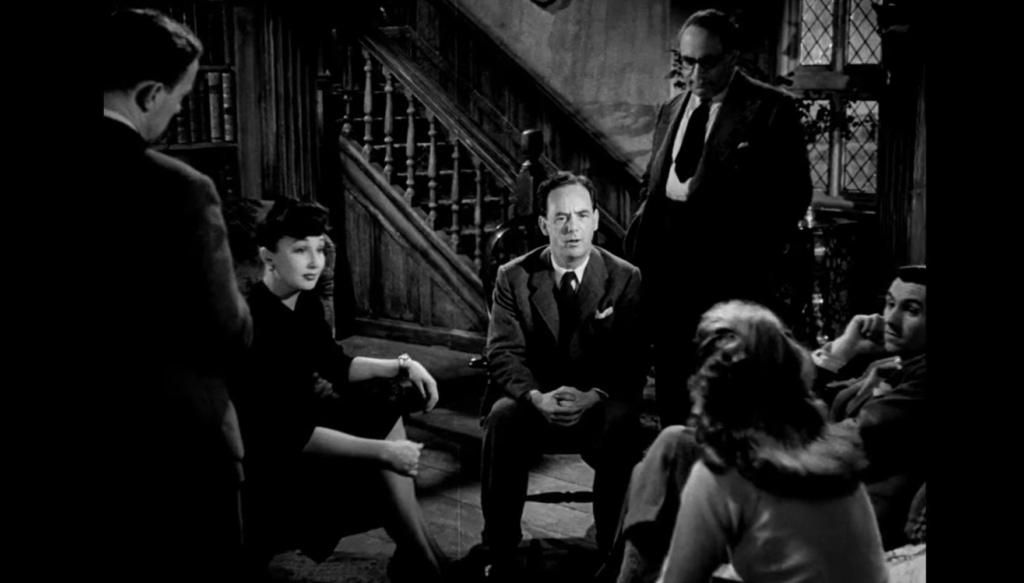
As noted by DVD Savant, “audiences even now will be thrown by the ending revelations, because few people expect Borges-like time-space enigmas to intercede in mundane filmic reality”. While the vignettes in Dead of Night aren’t quite as frightening or creepy as one might hope, it’s nonetheless satisfying to see the way this diverse team of writers, directors, and actors manage to pull their stories together into one cohesive nightmare.
Redeeming Qualities and Moments:
- Atmospheric cinematography
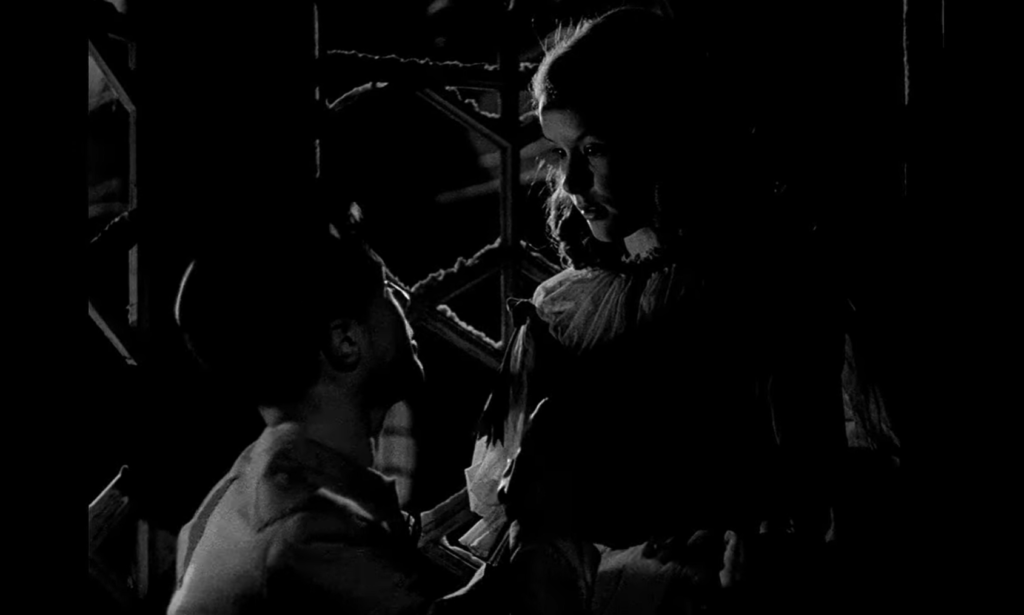
- The “Ventriloquist’s Dummy” sequence
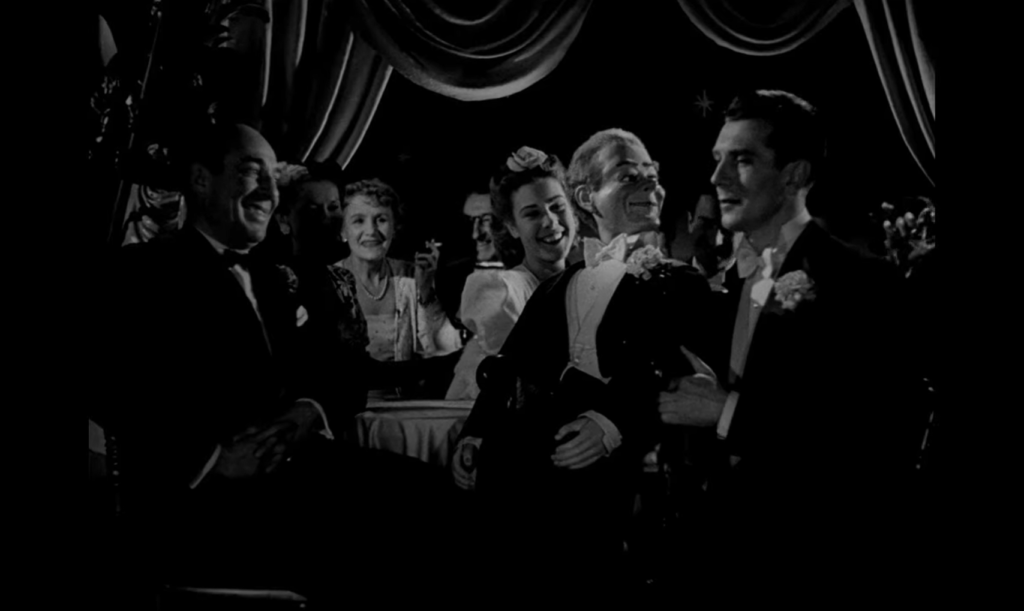
- Michael Redgrave as “the ventriloquist”, Maxwell Frere
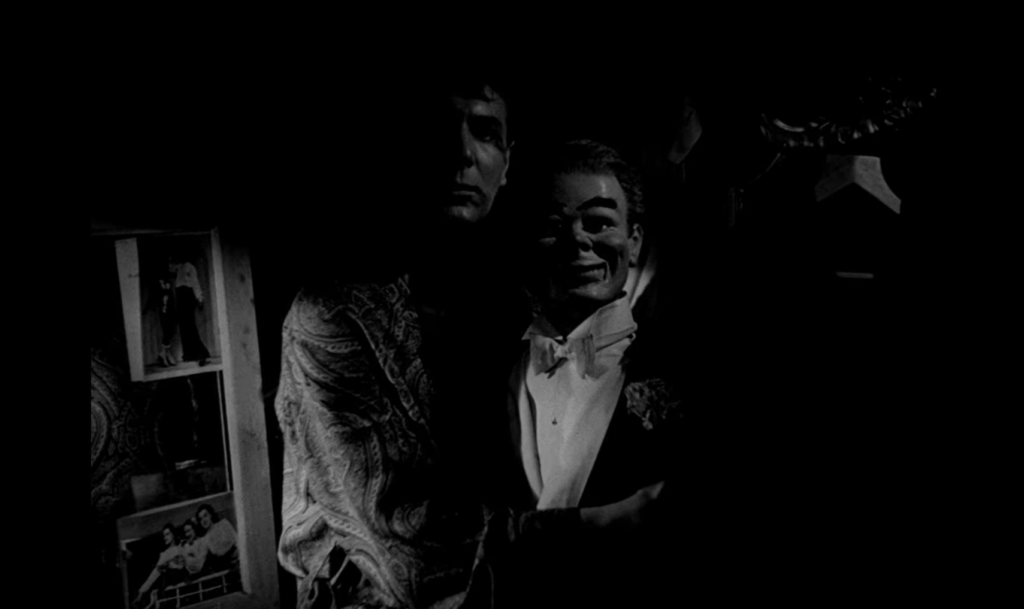
- The “Haunted Mirror” sequence
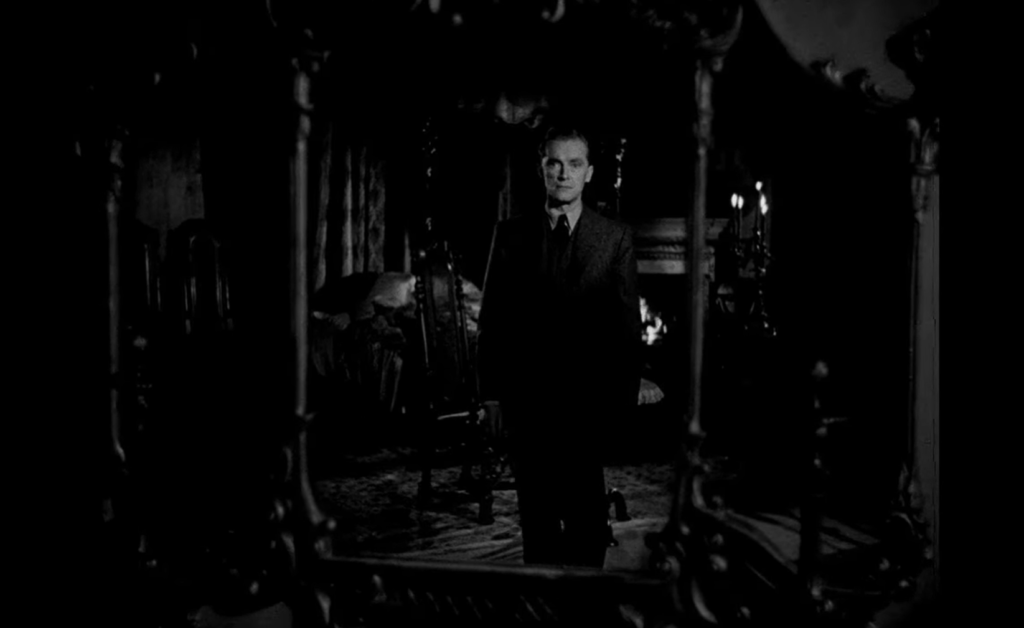
- Googie Withers and Ralph Michael as the “haunted couple” in the above sequence
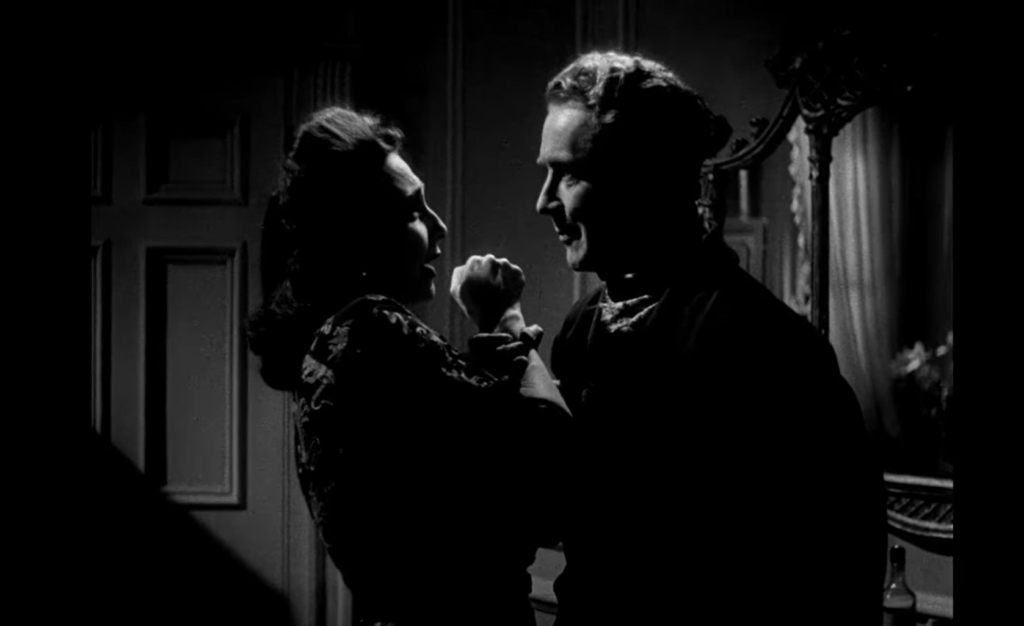
- The “meta-film”‘s frightening denouement
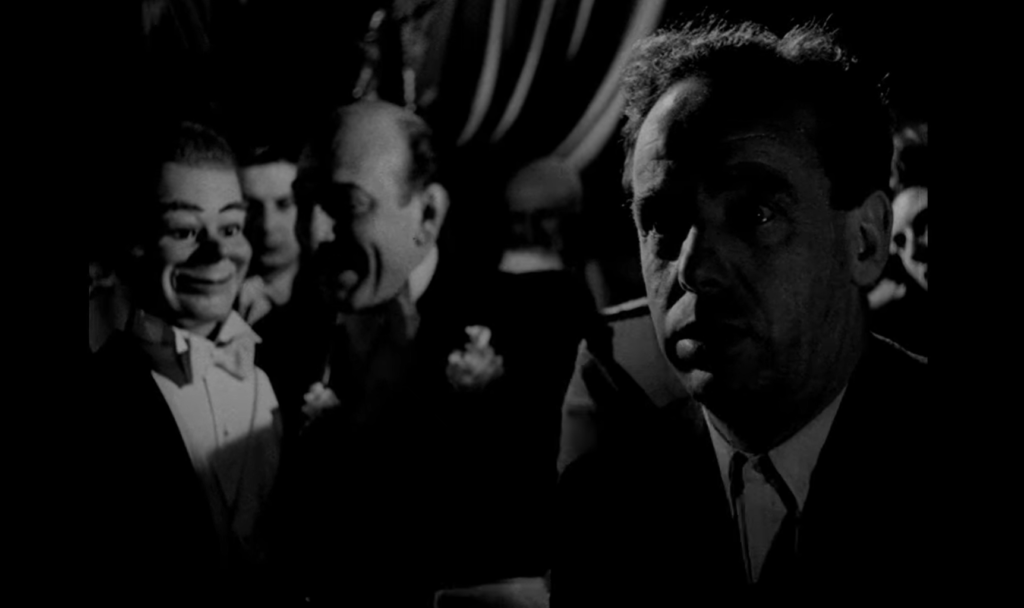
Must See?
Yes, for its historical relevance as the primary forerunner of all later horror anthology films and T.V. shows — and for “The Ventriloquist’s Dummy” segment.
Categories
Links:
|
